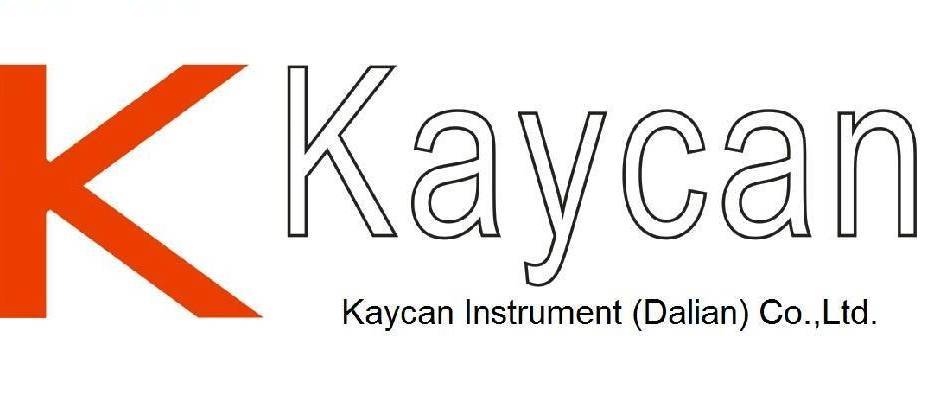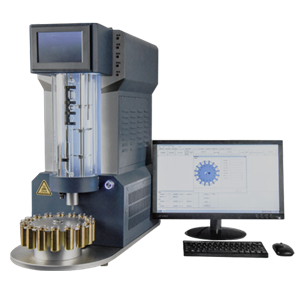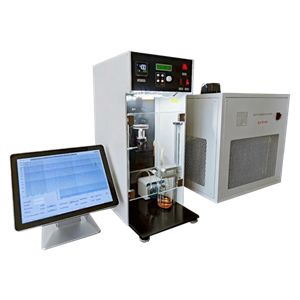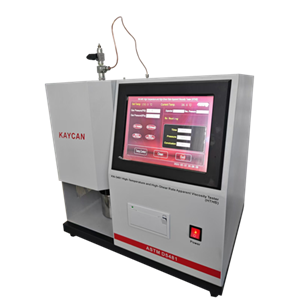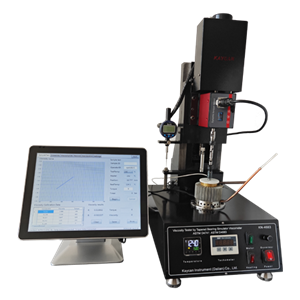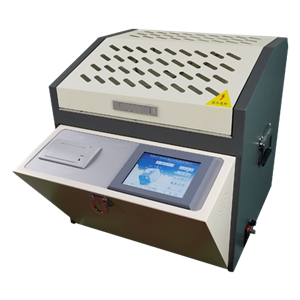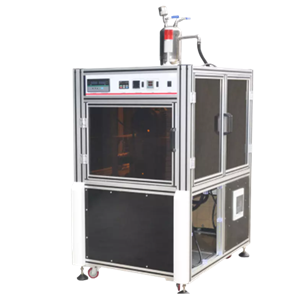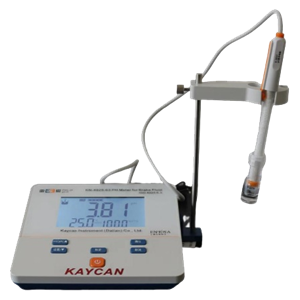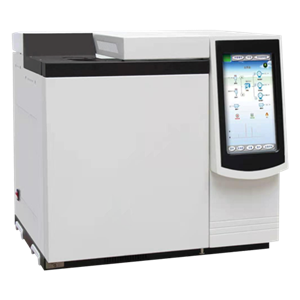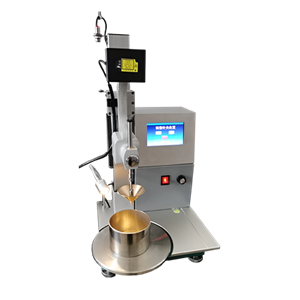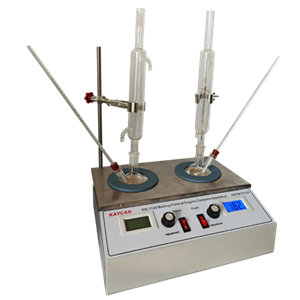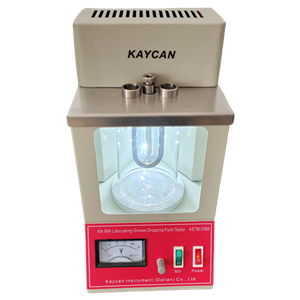-
ASTM D924 Dielectric Dissipation Factor Tester
Dissipation Factor (or Power Factor)—This is a measure of the dielectric losses in an electrical insulating liquid when used in an alternating electric field and of the energy dissipated as heat. A low dissipation factor or power factor indicates low ac dielectric losses. Dissipation factor or power factor may be useful as a means of quality control, and as an indication of changes in quality resulting from contamination and deterioration in service or as a result of handling.
Send Email Details -
ASTM D2809 Apparatus for Cavitation Corrosion and Erosion-Corrosion Characteristics
KN-2809 Apparatus for Cavitation Corrosion and Erosion-Corrosion Characteristics conforms to ASTM D2809 Standard Test Method for Cavitation Corrosion and Erosion-Corrosion Characteristics of Aluminum Pumps with Engine Coolants. This test method can be used to distinguish between coolants that contribute to cavitation corrosion and erosion-corrosion of aluminum automotive water pumps and those that do not. It is not intended that a particular rating number, as determined from this test, will be equivalent to a certain number of miles in a vehicle test; however, limited correlation between bench and field service tests has been observed with single-phase coolants. Field tests under severe operating conditions should be conducted as the final test if the actual effect of the coolant on cavitation corrosion and erosion-corrosion is to be appraised. It is also possible, with proper control of the test variables, to determine the effect of pump design, materials of construction, and pump operating conditions on cavitation corrosion and erosion-corrosion damage.
Send Email Details -
ASTM D2570 Simulated Service Corrosion Tester
KN-2570 Simulated Service Corrosion Tester conforms to ASTM D2570 Standard Test Method for Simulated Service Corrosion Testing of Engine Coolants. An engine coolant is circulated for 1064h at 88℃ (190℉) in a flow loop consisting of a metal reservoir, an automotive coolant pump, an automotive radiator, and the connecting rubber hoses. Test specimens representative of engine cooling system metals are mounted inside the reservoir, which simulates an engine cylinder block. At the end of the test period, the corrosion-inhibiting properties of the coolant are determined by measuring the mass losses of the test specimens and by visual examination of the interior surfaces of the components.
Send Email Details -
ASTM D1287 PH Meter
KN-1287 PH Meter conforms to ASTM D1287 Standard Test Method for pH of Engine Coolants and Antirusts and ASTM D1121 Standard Test Method for Reserve Alkalinity of Engine Coolants and Antirusts. pH is a measure of the hydrogen ion concentration and indicates whether an engine coolant, or a solution of these compounds is acidic, alkaline, or neutral. The pH range includes values from 0 to 14. Values from 0 to 7 represent the acidic half of the scale. Values from 7 to 14 represent the alkaline or b
Send Email Details -
ASTM D4059 GC for PCBs in Insulating Liquids
KN-4059 GC for PCBs in Insulating Liquids conforms to ASTM D4059 Standard Test Method for Analysis of Polychlorinated Biphenyls in Insulating Liquids by Gas Chromatography. This test method describes a quantitative determination of the concentration of polychlorinated biphenyls (PCBs) in electrical insulating liquids by gas chromatography. It also applies to the determination of PCB present in mixtures known as askarels, used as electrical insulating liquids.
Send Email Details -
Automatic Penetration Tester
Automatic Penetration tester is used for not only evaluating the consistency of lubricating greases and wax ,but also evaluate the needle penetration for bitumen products.
Send Email Details -
ASTM D1120 Boiling Point Of Engine Coolants
The equilibrium boiling point indicates the temperature at which the sample will start to boil in a cooling system under equilibrium conditions at atmospheric pressure.
Send Email Details -
ASTM D566 Dropping Point Of Lubricating Grease
the dropping point is the temperature at which the grease passes from a semisolid to a liquid state under the conditions of test.
Send Email Details
